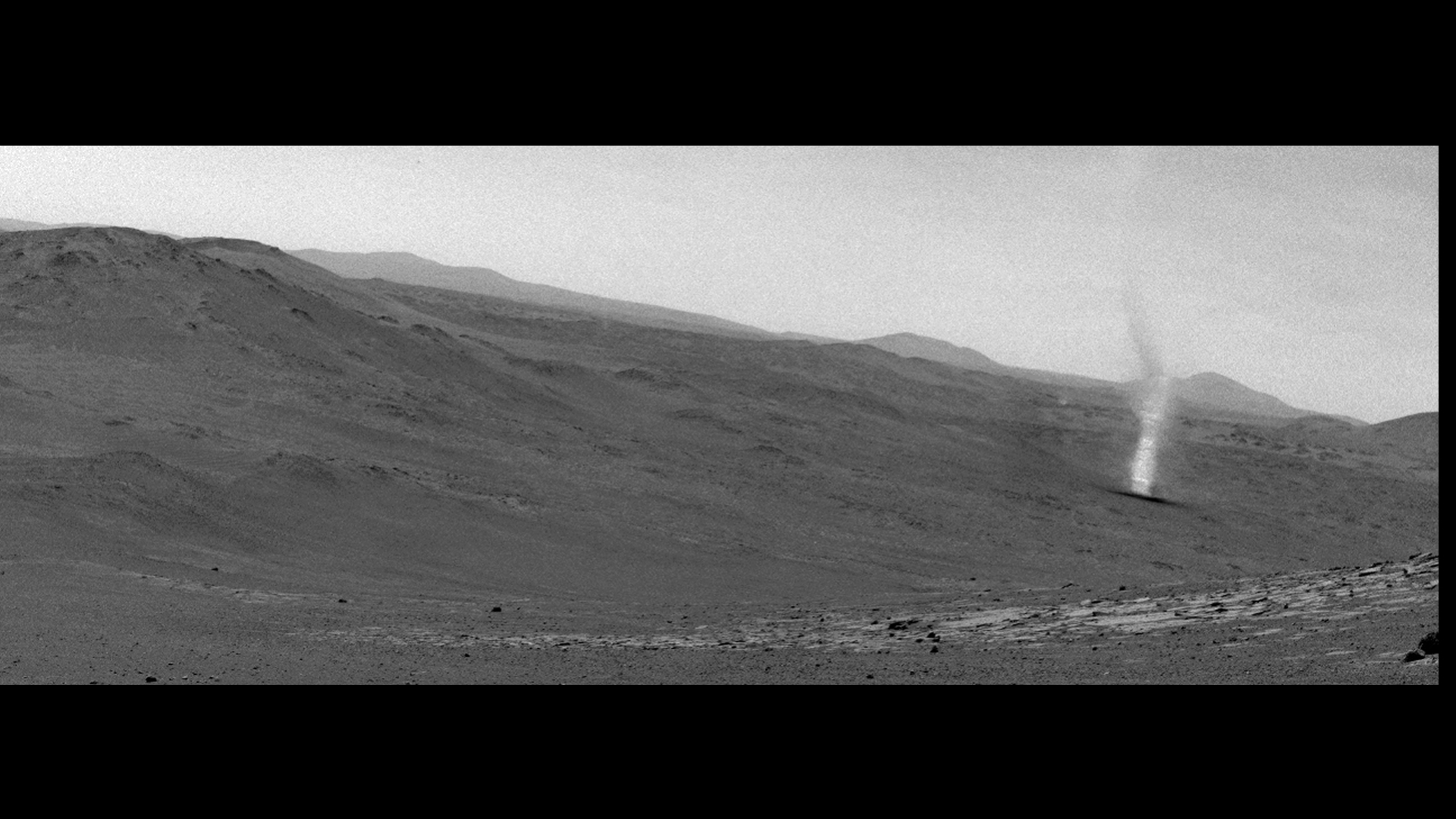The James Webb Space Telescope catches distant young galaxy devouring its neighbors
The Sparkler galaxy is feasting its neighbors just as our own galaxy once did.

Observations of the tiny Sparkler dwarf galaxy have revealed it sits embedded in a system of ancient star clusters and is greedily feasting on its smaller galactic companions to grow.
This means the galaxy, which was discovered in the first data from the James Webb Space Telescope (JWST), resembles the early cannibalistic Milky Way which also grew by feeding on smaller galaxies. Thus, the investigation of this galaxy provides astronomers with a unique insight into how the Milky Way has evolved.
The Sparkler, located in the southern constellation Volens, was given its name because it is surrounded by around two dozen shining globular clusters, tight groupings of ancient stars. Each of these clusters could contain around a million stars. Our galaxy currently hosts around 200 globular clusters of its own.
Related: 12 amazing James Webb Space Telescope discoveries across the universe
The team, led by Swinburne University professor Duncan Forbes, and San Jose State University professor Aaron Romanowsky, examined the age of Sparkler and its surroundings looking at the abundance of elements heavier than hydrogen and helium. Astronomers call these heavy elements "metals."
Looking at the galaxy's surrounding compact star clusters they realized they look like younger versions of the clusters around the Milky Way. Many are metal-rich, similar to globular clusters in the central bulge of our galaxy. The researchers also observed metal-poor intermediate-age clusters that are associated with a satellite galaxy that Sparkler is gobbling up, with its globular clusters acting as a desert.
The Sparkler galaxy is currently just 3% the mass of our galaxy, but the researchers expect it to grow via this feeding process over cosmic timescales to eventually match the mass of the Milky Way as we see it today.
Breaking space news, the latest updates on rocket launches, skywatching events and more!
"We appear to be witnessing, first hand, the assembly of this galaxy as it builds up its mass — in the form of a dwarf galaxy and several globular clusters," Forbes said in a statement. "We are excited by this unique opportunity to study both the formation of globular clusters and an infant Milky Way, at a time when the Universe was only 1/3 of its present age."
Looking back in time with a little help from Einstein
The Sparkler galaxy is located 9 billion light-years from Earth meaning astronomers are seeing as it was around 4 billion years after the Big Bang. The observations are possible because of the impressive infrared observing power of the JWST and a phenomenon first predicted by Albert Einstein back in 1915.
The great physicist's theory of general relativity suggests that objects with great mass "warp" the fabric of space like a heavy ball placed on a stretched rubber sheet. Just as with that simple analogy, the greater the mass, the more extreme the curve it causes.
That means extremely massive objects like black holes or galaxies can "dent" space enough to warp light as it passes them. As a result, if light from a background object passes this warp its travel time is affected. This can lead to that background object being amplified by this foreground landing object, which is described as a "gravitational lens."
The Sparkler galaxy is brightened by just such a gravitational lens which allows the JWST to spot its light which has been traveling for 9 billion years to reach the powerful space telescope.
The team will continue to study globular clusters around Sparkler to learn more about this distant, early galaxy, and in turn our own galaxy, the Milky Way, and its evolution.
"The origin of globular clusters is a long-standing mystery, and we are thrilled that JWST can look back in time to see them in their youth," Romanowsky said.
The team's research is published in the journal Monthly Notices of the Royal Astronomical Society
Follow us on Twitter @Spacedotcom or on Facebook.

Robert Lea is a science journalist in the U.K. whose articles have been published in Physics World, New Scientist, Astronomy Magazine, All About Space, Newsweek and ZME Science. He also writes about science communication for Elsevier and the European Journal of Physics. Rob holds a bachelor of science degree in physics and astronomy from the U.K.’s Open University. Follow him on Twitter @sciencef1rst.
